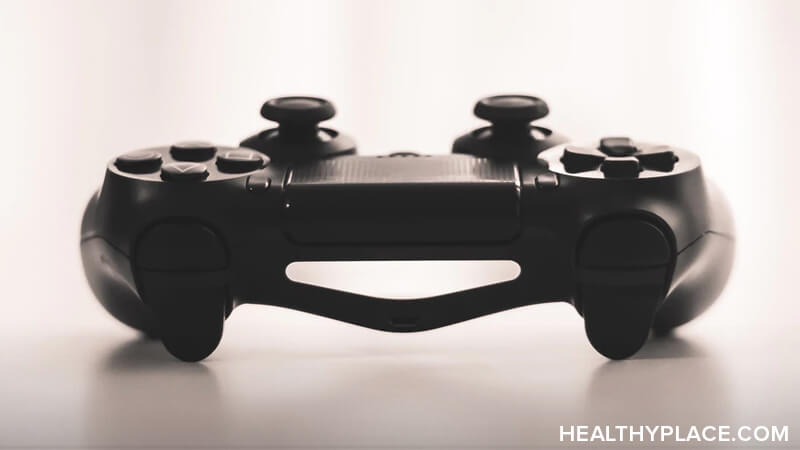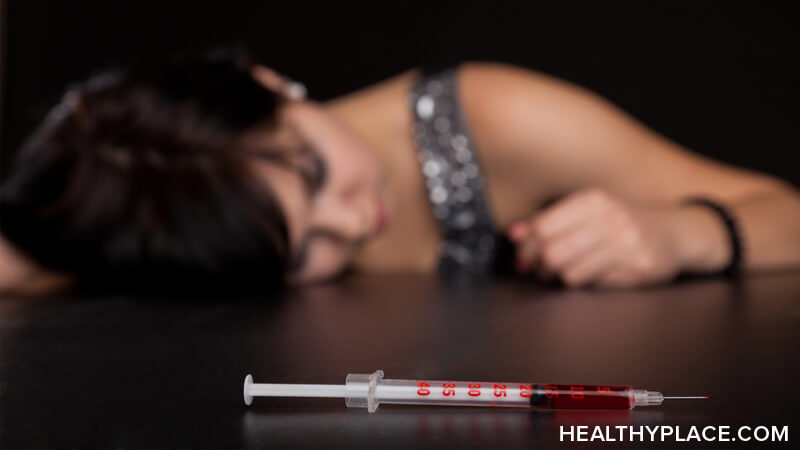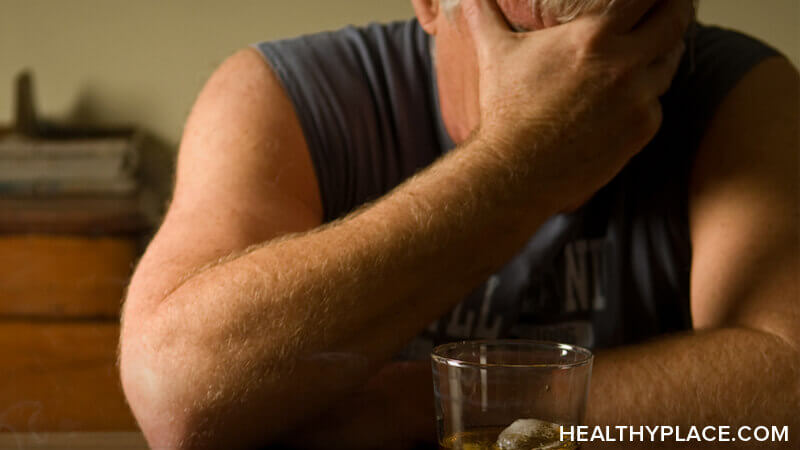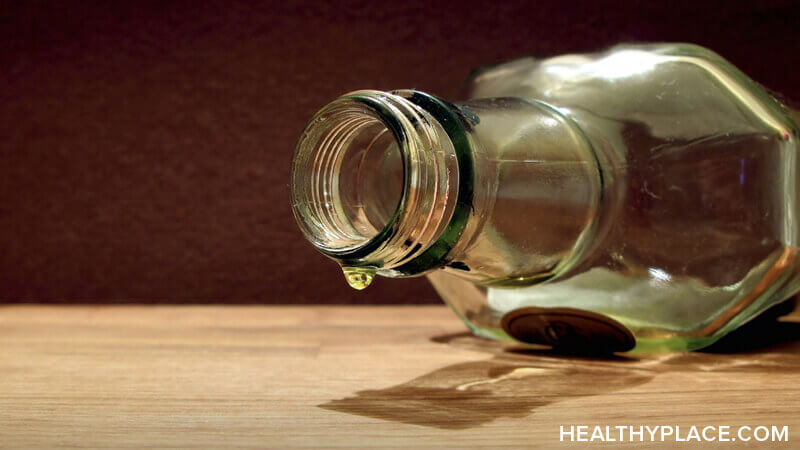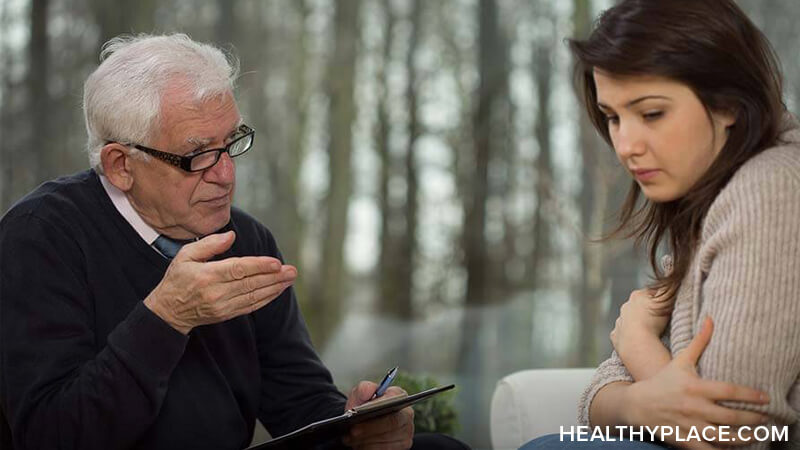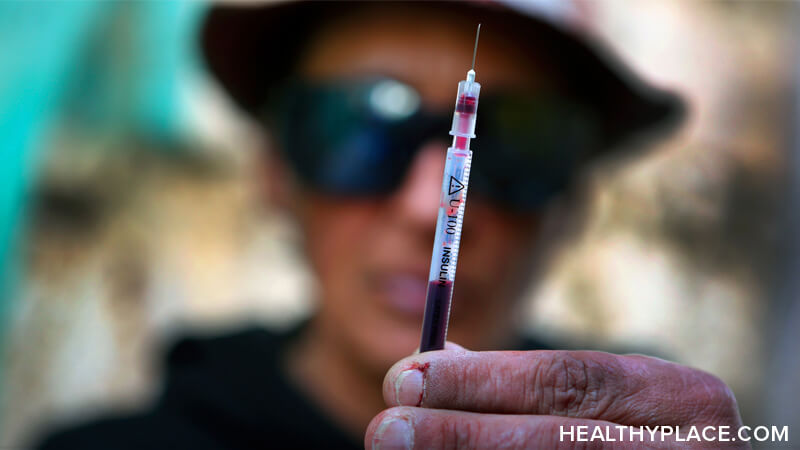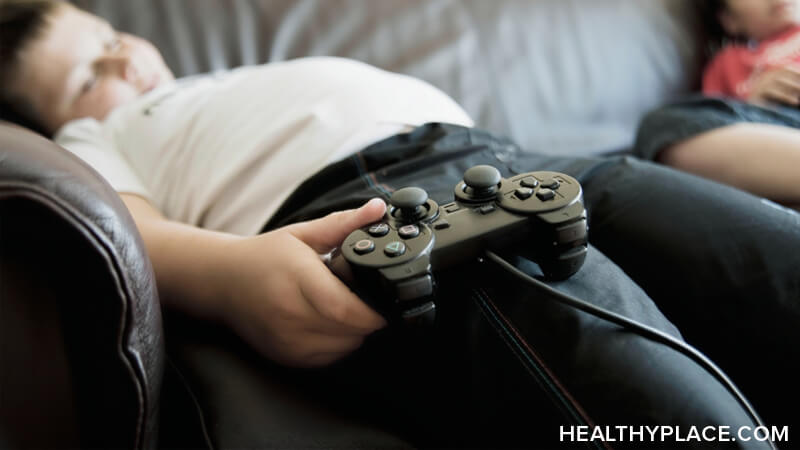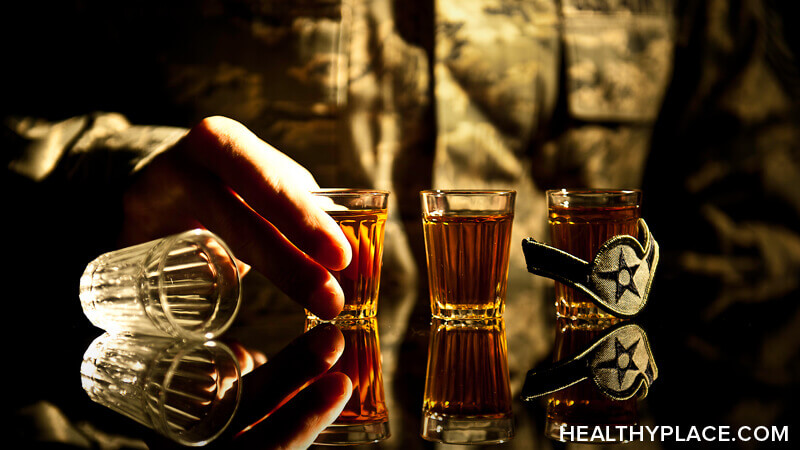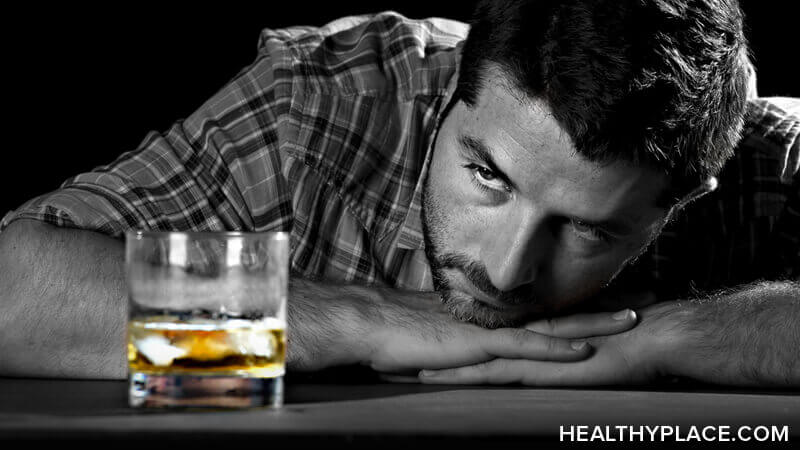
There is evidence that approximately 90 percent of alcoholics are likely to experience at least one relapse over the 4-year period following alcohol abuse treatment (1). Despite some promising leads, no controlled studies definitively have shown any single or combined intervention that prevents relapse in a fairly predictable manner. Thus, relapse as a central issue of alcoholism treatment warrants further study.
Similar relapse rates for alcohol, nicotine, and heroin addiction suggest that the relapse mechanism for many addictive disorders may share common biochemical, behavioral, or cognitive components (2,3). Thus, integrating relapse data for different addictive disorders may provide new perspectives for relapse prevention.
Impaired control has been suggested as a determinant for relapse, yet is defined differently among investigators. Keller (4) suggested that impaired control has two meanings: the unpredictability of an alcoholic's choice to refrain from the first drink and the inability to stop drinking once started. Other investigators (5,6,7,8) limit the use of "impaired control" to the inability to stop drinking once started. They suggest that one drink does not lead inevitably to uncontrolled drinking. Research has shown that the severity of dependence affects the ability to stop drinking after the first drink (9,8,10).
Several relapse theories utilize the concept of craving. Use of the term "craving" in a variety of contexts, however, has led to confusion about its definition. Some behavioral researchers argue that the idea of craving is circular, hence meaningless since, in their view, craving can only be recognized retrospectively by the fact that the subject drank (11).
Some Reasons for an Alcohol Relapse
Craving for Alcohol
They deemphasize physiological urges and stress the relationship between the behavior of drinking and environmental stimuli that prompt the behavior. On the other hand, Ludwig and Stark (5) find no problem with the term "craving": craving is recognized simply by asking whether a subject who has not yet drunk alcohol feels a need for it, much as one can inquire about another person's hunger before he or she eats. Ludwig and associates suggested that alcoholics experience classical conditioning (Pavlovian), by pairing external (e.g., familiar bar) and internal (e.g., negative mood states) stimuli to the reinforcing effects of alcohol (5,12,6)
This theory suggests that craving for alcohol is an appetitive urge, similar to hunger, that varies in intensity and is characterized by withdrawal-like symptoms. The symptoms are elicited by internal and external cues that evoke the memory of the euphoric effects of alcohol and of the discomfort of alcohol withdrawal.
Physiological responses to alcohol cues have been described. For example, research has shown that exposure to alcohol, without consumption, can stimulate an increased salivary response in alcoholics (13). Similarly, skin conductance levels and self-reported desire for alcohol were correlated for alcoholic subjects in response to alcohol cues (14); the relationship was strongest for those most severely dependent. Alcoholics demonstrated significantly greater and more rapid insulin and glucose responses than nonalcoholics following the consumption of a placebo beer (15).
Several relapse prevention models incorporate the concept of self-efficacy (16), which states that an individual's expectations about his or her ability to cope in a situation will affect the outcome. According to Marlatt and colleagues (17,18,3), the transition from the initial drink following abstinence (lapse) to excessive drinking (relapse) is influenced by an individual's perception of and reaction to the first drink.
High-Risk Situations
These investigators formulated a cognitive-behavioral analysis of relapse, positing that relapse is influenced by the interaction of conditioned high-risk environmental situations, skills to cope with the high-risk situations, level of perceived personal control (self-efficacy), and the anticipated positive effects of alcohol.
An analysis of 48 episodes revealed that most relapses were associated with three high-risk situations: (1) frustration and anger, (2) social pressure, and (3) interpersonal temptation (17). Cooney and associates (19) supported this model by demonstrating that, among alcoholics, exposure to alcohol cues was followed by diminished confidence in the ability to resist drinking.
Marlatt and Gordon (3,20) argue that an alcoholic must assume an active role in changing drinking behavior. Marlatt advises the individual to achieve three basic goals: modify lifestyle to enhance the ability to cope with stress and high-risk situations (increase self-efficacy); identify and respond appropriately to internal and external cues that serve as relapse warning signals; and implement self-control strategies to reduce the risk of relapse in any situation.
Rankin and colleagues (21 ) tested the effectiveness of cue exposure in extinguishing craving in alcoholics. The investigators gave severely dependent alcoholic volunteers a priming dose of alcohol, which had been shown to evoke craving (22). Volunteers were urged to refuse further alcohol; their craving for more alcohol diminished with each session.
Preventing an Alcohol Relapse
Skills-Training Intervention
After six sessions, the priming effect almost completely disappeared. Volunteers who participated in imaginal cue exposure did not have the same outcome. This treatment was performed in a controlled, inpatient setting; the long-term effectiveness of cue exposure for diminishing craving after discharge remains to be demonstrated.
Chaney and associates (23) investigated the effectiveness of a skills-training intervention to help alcoholics cope with relapse risk. The alcoholics learned problem-solving skills and rehearsed alternative behaviors for specific high-risk situations. The investigators suggested that skills training may be a useful component of a multimodal behavioral approach to preventing relapse.A relapse prevention model for alcoholics (24) emphasizes a strategy that helps each individual develop a profile of past drinking behavior and current expectations about high-risk situations. The therapy for alcoholism promotes use of coping strategies and behavioral change by engaging the patient in performance-based homework assignments related to high-risk situations.
Preliminary outcome data revealed a decrease in the number of drinks consumed per day as well as in drinking days per week. Forty-seven percent of the clients reported total abstinence over the 3-month follow-up period, and 29 percent reported total abstinence over the entire 6-month follow-up period (25).
Disulfiram and Decreased Serotonin and Craving for Alcohol
Disulfiram is used as an adjunct to enhance the probability of long-term sobriety. Although patient compliance is problematic, disulfiram therapy has successfully decreased the frequency of drinking in alcohol addicts who could not remain abstinent (26). A study of supervised disulfiram administration (27) reported significant periods of sobriety of up to 12 months in 60 percent of patients treated.
Preliminary neurochemical studies have revealed that decreased levels of brain serotonin may influence appetite for alcohol. Alcohol-preferring rats have lower levels of serotonin in various regions of the brain (28). In addition, drugs that increase brain serotonin activity reduce alcohol consumption in rodents (29,30).
Four studies have evaluated the effect of serotonin blockers--zimelidine, citalopram, and fluoxetine on alcohol consumption in humans, each using a double-blind, placebo-controlled design (31,32,30,33). These agents produced a decrease in alcohol intake and, in some cases, a significant increase in the number of abstinent days. These effects, however, were found among small samples and were short-lived. Controlled trials in larger dependent populations are needed before serotonin blockers can provide hope as a possible adjunct for relapse prevention.
In both pharmacological and behavioral prevention strategies, it is important to consider the severity of alcohol dependence as a critical factor (9,10,20).
See Also:
References
(1) POLICH, J.M.; Armor, D.J.; and Braiker, H.B. Stability and change in drinking patterns. In: The Course of Alcoholism: Four Years After Treatment. New York: John Wiley & Sons, 1981. pp. 159-200.
(2) HUNT, W.A.;Barnett, L.W.; and Branch, L.G. Relapse rates in addictions programs. Journal of Clinical Psychology 27:455-456, 1971.
(3) MARLATT, G.A. & Gordon, J.R. Determinants of relapse: Implications of the maintenance of behavior change. In: Davidson, P.O., and Davidson, S.M., eds. Behavioral Medicine: Changing Health Lifestyle. New York: Brunner/Mazel, 1980. pp.410-452.
(4) KELLER, M. On the loss-of-control phenomenon in alcoholism, British Journal of Addiction 67:153-166, 1972.
(5) LUDWIG, A.M. & Stark, L.H. Alcohol craving: Subjective and situational aspects. Quarterly Journal of Studies on Alcohol 35(3):899-905, 1974.
(6) LUDWIG, A.M.; Wikler A.; and Stark, L.H. The first drink: Psychological aspects of craving. Archives of General Psychiatry 30(4)539-547, 1974.
(7) LUDWIG, A.M.; Bendfeldt, F.; Wikler, A.; and Cain, R.B. Loss of control in alcoholic s. Archives of General Psychiatry 35(3)370-373, 1978.
(8) HODGSON, R.J. Degrees of dependence and their significance. In: Sandler, M., ed. Psychopharmacology of Alcohol. New York: Raven Press, 1980. pp. 171-177.
(9) HODGSON, R.; Rankine, H.; and Stockwell, T. Alcohol dependence and the priming effect. Behaviour Research and Therapy 17:379-3-87, 1979.
(10) TOCKWELL, T.R.; Hodgson, R.J.; Rankine, H.J.; and Taylor, C. Alcohol dependence, beliefs and the priming effect. Behavior Research and Therapy 20(5):513-522.
(11) MELLO, N.K. A Semantic aspect of alcoholism. In: Cappell, H.D., and LeBlanc, A.E., eds. Biological and Behavioural Approaches to Drug Dependence. Toronto: Addiction Research Foundation, 1975.
(12) LUDWING, A.M. & Wikle,. A. "Craving" and relapse to drink. Quarterly Journal of Studies on Alcohol 35:108-130, 1974.
(13) POMERLEAU, O.F.; Fertig, J.; Baker, L.; and Conney, N. Reactivity to alcohol cues in alcoholics and nonalcoholics: Implications for a stimulus control analysis of drinking. Addictive Behaviors 8:1-10, 1983.
(14) KAPLAN, R.F.; Meyer, R.E.; and Stroebel, C.F. Alcohol dependence and responsibility to an ethanol stimulus as predictors of alcohol consumption. British Journal of Addiction 78:259-267, 1983.
(15) DOLINSKY, Z.S.; Morse, D.E.; Kaplan, R.F.; Meyer, R.E.; Corry D.; and Pomerleas, O.F. Neuroendocrine, psychophysiological and subjective reactivity to an alcohol placebo in male alcoholic patients. Alcoholism: Clinical and Experimental Research 11(3):296-300, 1987.
(16) BANDURA, A. Self-efficacy: Toward a unifying theory of behavioral change. Psychological Review 84:191-215, 1977.
(17) MARLATT, G.A. Craving for alcohol, loss of control, and relapse: A cognitive-behavioral analysis. In: Nathan, P.E.; Marlatt, G.A.; and Loberg, T., eds. Alcoholism: New Directions in Behavioral Research and Treatment. New York: Plenum Press, 1978. pp. 271-314.
(18) CUMMINGS, C.; Gordon, J.R.; and Marlatt, G.A. Relapse: Prevention and prediction. In: Miller, W.R., ed. The Addictive Behaviors: Treatment of Alcoholism, Drug Abuse, Smoking and Obesity. New York: Pergamon Press, 1980. pp. 291-321.
(19) CONNEY, N.L.; Gillespie, R.A.; Baker, L.H.; and Kaplan, R.F. Cognitive changes after alcohol cue exposure, Journal of Consulting and Clinical Psychology 55(2):150-155, 1987.
(20) MARLATT, G.A. & Gordon, J.R. eds. Relapse Prevention: Maintenance Strategies in the Treatment of Addictive Behaviors. New York Guilford Press, 1985.
(21) RANKINE, H.; Hodgson, R.; and Stockwell, T. Cue exposure and response prevention with alcoholics: A controlled trial. Behaviour Research and Therapy 21(4)435-446, 1983.
(22) RANKINE, H.; Hodgson, R.; and Stockwell, T. The concept of craving and its measurement. Behaviour Research and Therapy 17:389-396, 1979.
(23) CHANEY, E.F.; O'Leary, M.R.; and Marlatt, G.A.Skills training with alcoholics. Journal of Consulting and Clinical Psychology 46(5):1092-1104, 1978.
(24) ANNIS, H.M. A relapse prevention model for treatment of alcoholics. In: Miller, W.R., and Healther, N., eds. Treating Addictive Disorders: Processes of Change. New York: Plenum Press, 1986. pp. 407-433.
(25) ANNIS, H.M. & Davis, C.S. Self-efficacy and the prevention of alcoholic relapse: Initial findings from a treatment trial. In: Baker, T.B., and Cannon, D.S., eds. Assessment and Treatment of Addictive Disorders. New York: Praeger Publishers, 1988. pp. 88-112.
(26) FULLER, R.K.; Branchey, L.; Brightwell, D.R.; Derman, R.M.; Emrick, C.D.; Iber, F.L.; James, K.E.; Lacoursier, R.B.; Lee, K.K.; Lowenstaum, I.; Maany, I.; Neiderhiser, D.; Nocks, J.J.; and Shaw, S. Disulfiram treatment of alcoholism: A Veteran Administration cooperative study. Journal of the American Medical Association 256(11):1449-1455, 1986.
(27) SERENY, G.; Sharma, V.; Holt, J. ; and Gordis, E. Mandatory supervised antabuse therapy in an outpatient alcoholism program: A pilot study. Alcoholism (NY) 10:290-292, 1986.
(28) MURPHY, J.M.; McBride, W.J.; Lumeng, L.; and Li, T.-K. Regional brain levels of monoamines in alcohol-preferring and nonpreferring lines of rats. Pharmacology, Biochemistry and Behavior
(29) AMIT, Z.; Sutherland, E.A.; Gill, K.; and Ogren, S.O. Zimelidine: A review of its effects on ethanol consumption. Neuroscience and Biobehavioral Reviews
(30) NARANJO, C.A.; Sellers, E.M., and Lawrin, M.P. Modulation of ethanol intake by serotonin uptake inhibitors. Journal of Clinical Psychiatry
(31) AMIT, Z.; Brown, Z.; Sutherland, A.; Rockman, G.; Gill, K.; and Selvaggi, N. Reduction in alcohol intake in humans as a function of treatment with zimelidine: Implications for treatment. In: Naranjo, C.A., and Sellers, E.M., eds. Research Advances in New Psycho-pharmacological Treatments for Alcoholism.
(32) NARANJO, C.A.; Sellers, E.M.; Roach, C.A.; Woodley, D.V.; Sanchez-Craig, M.; and Sykora, K. Zimelidine-induced variations in alcohol intake by nondepresssed heavy drinkers. Clinical Pharmacology and Therapeutics
(33) GORELICK, D.A. Effect of fluoxetine on alcohol consumption in male alcoholics. Alcoholism: Clinical and Experimental Research 10:13, 1986.
article references
